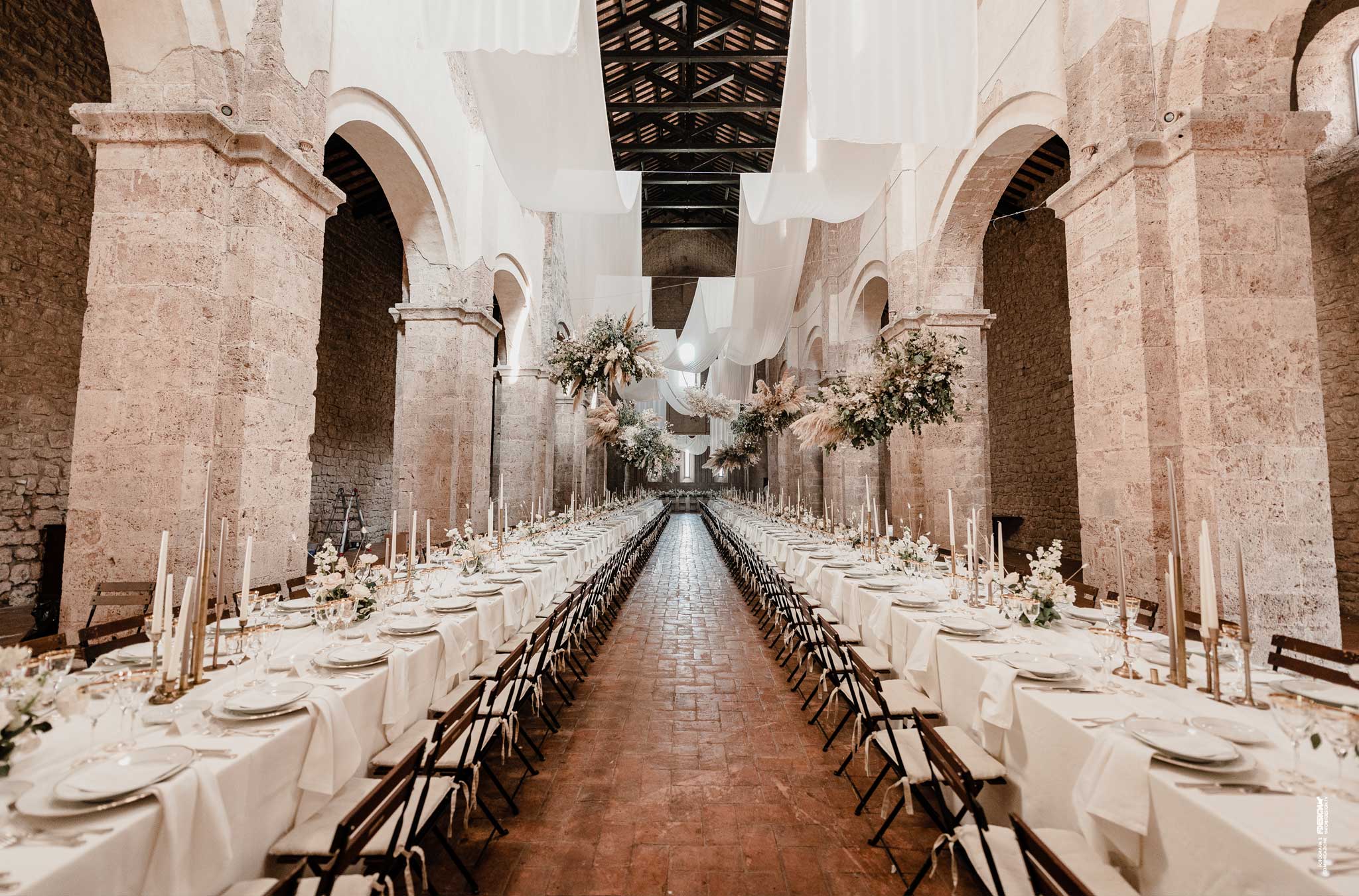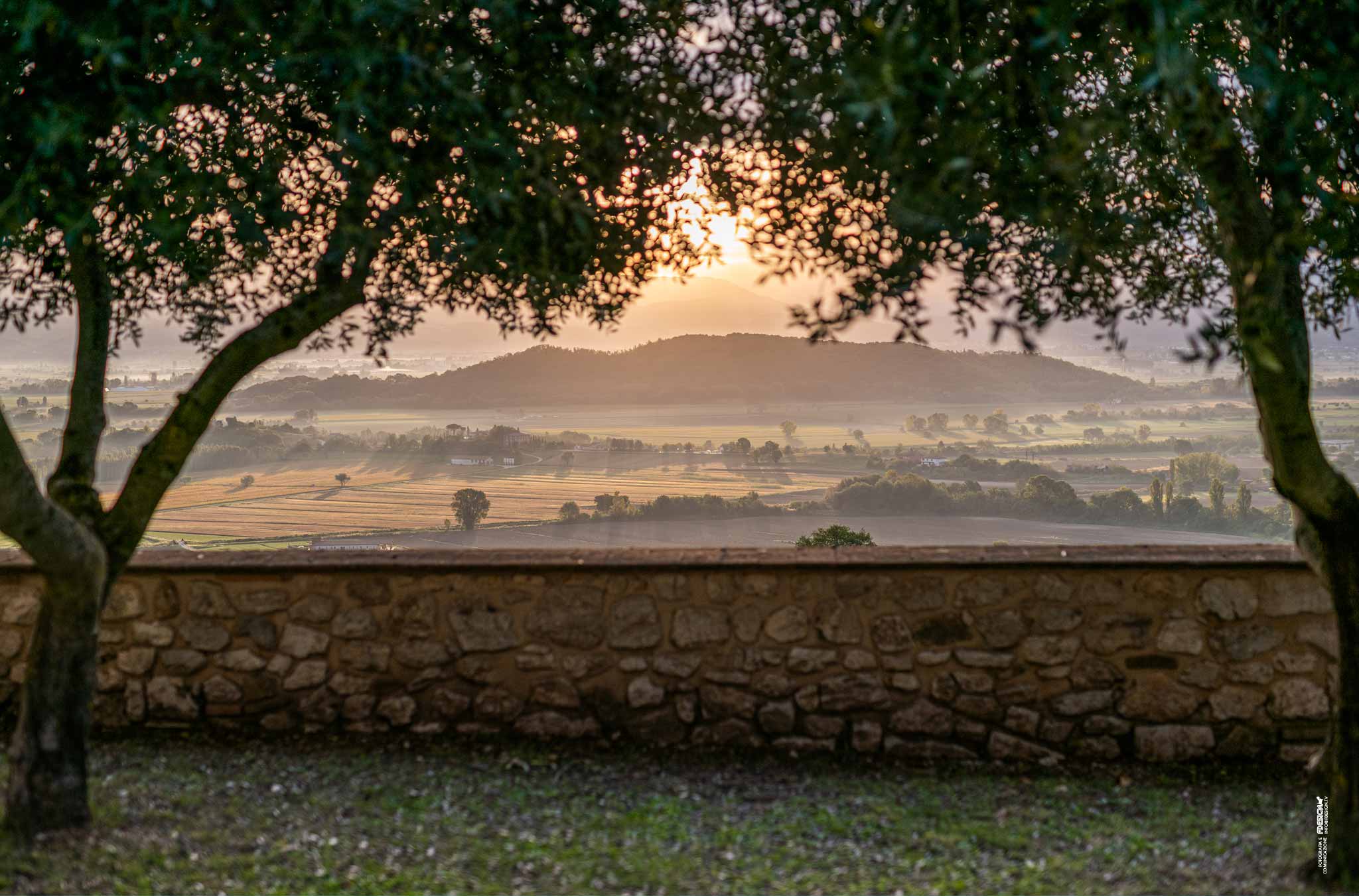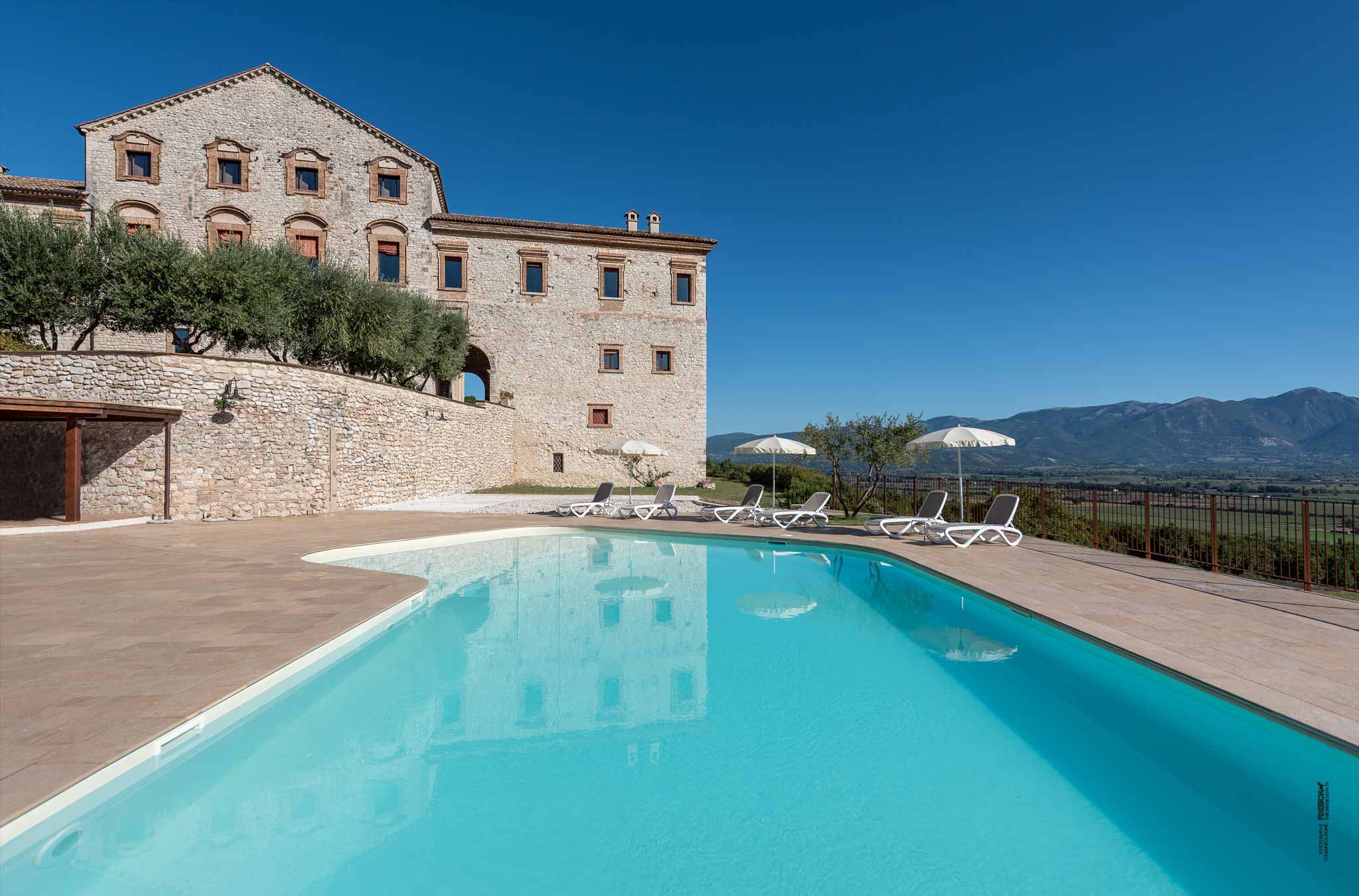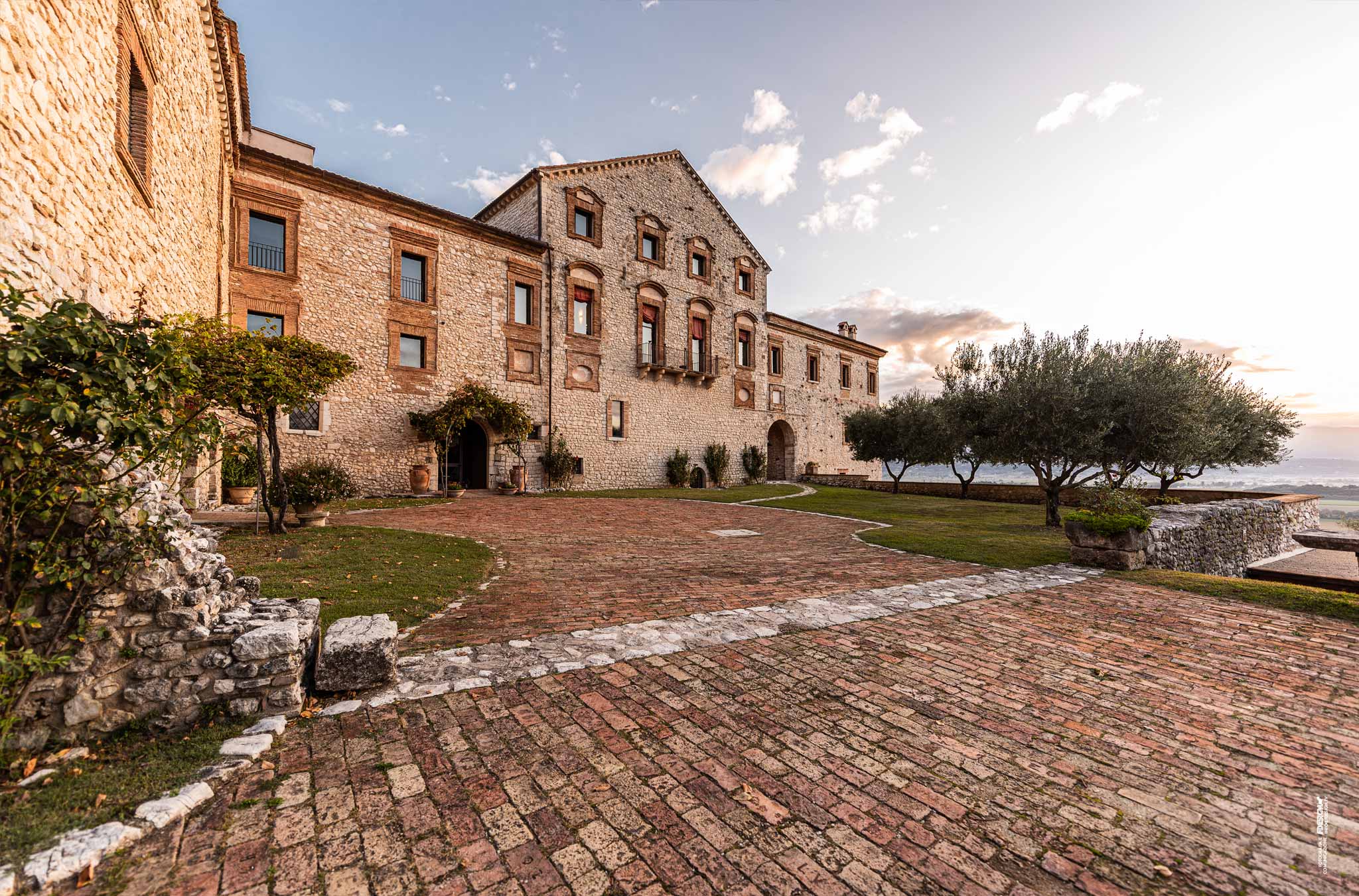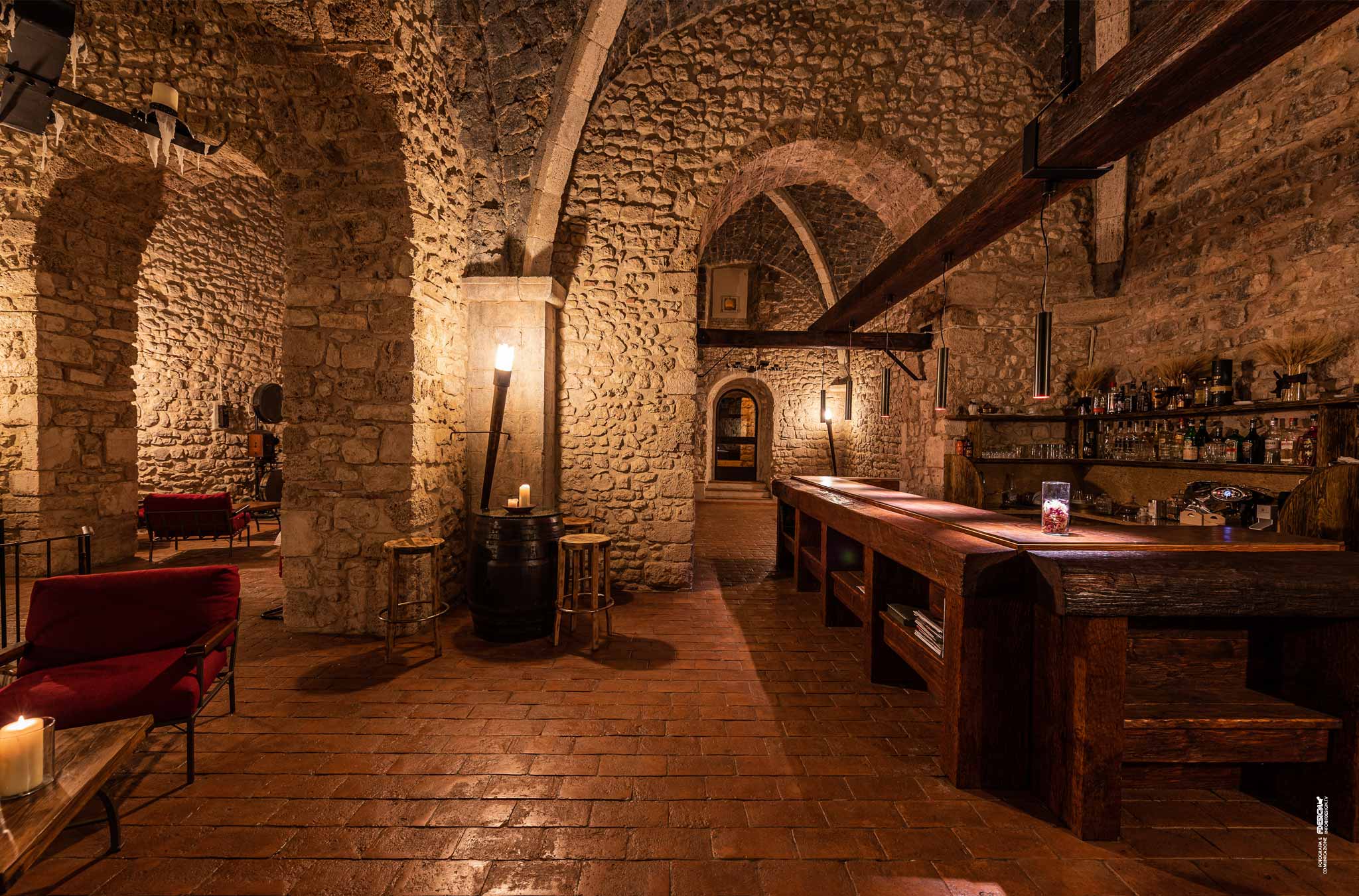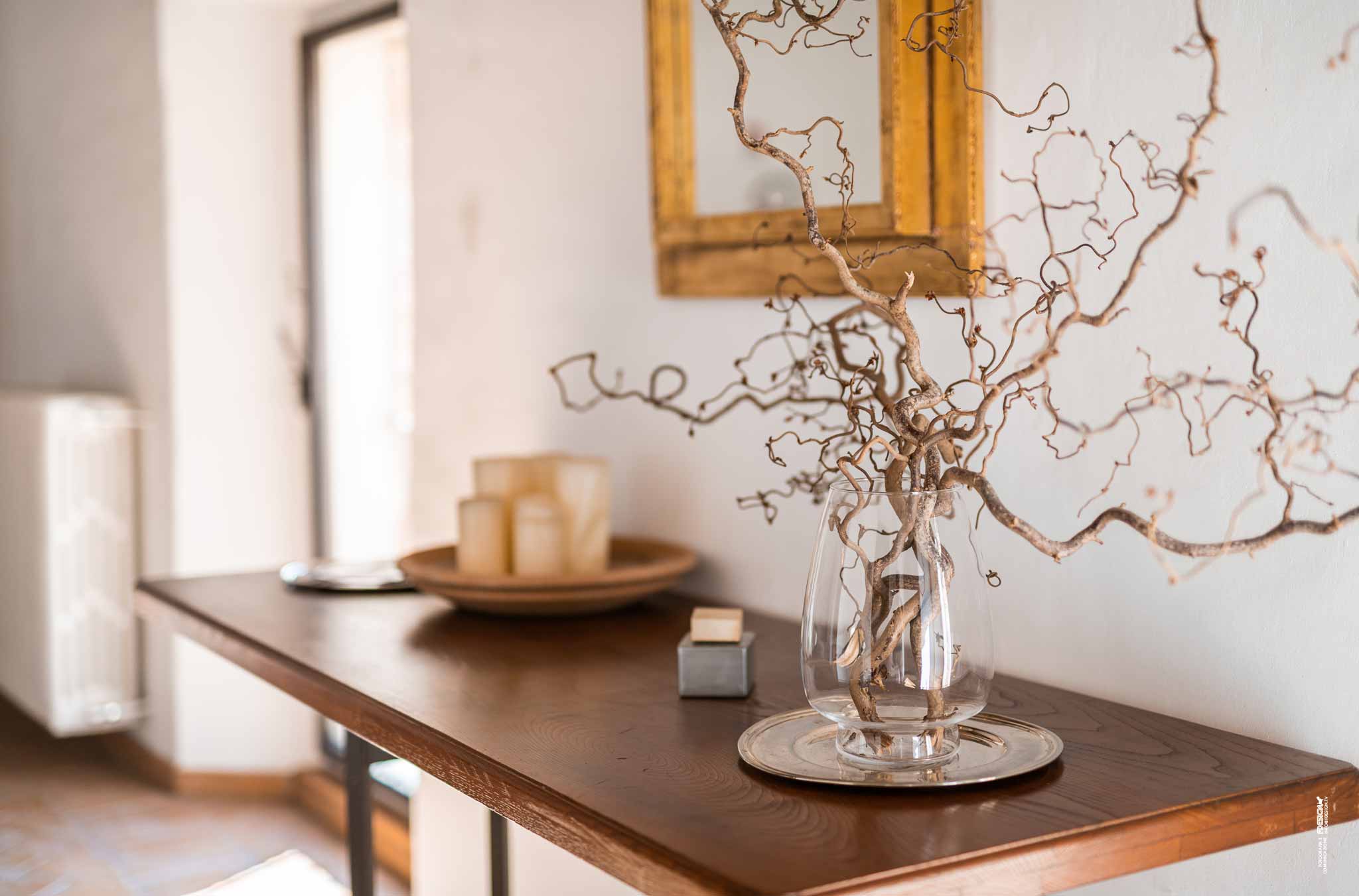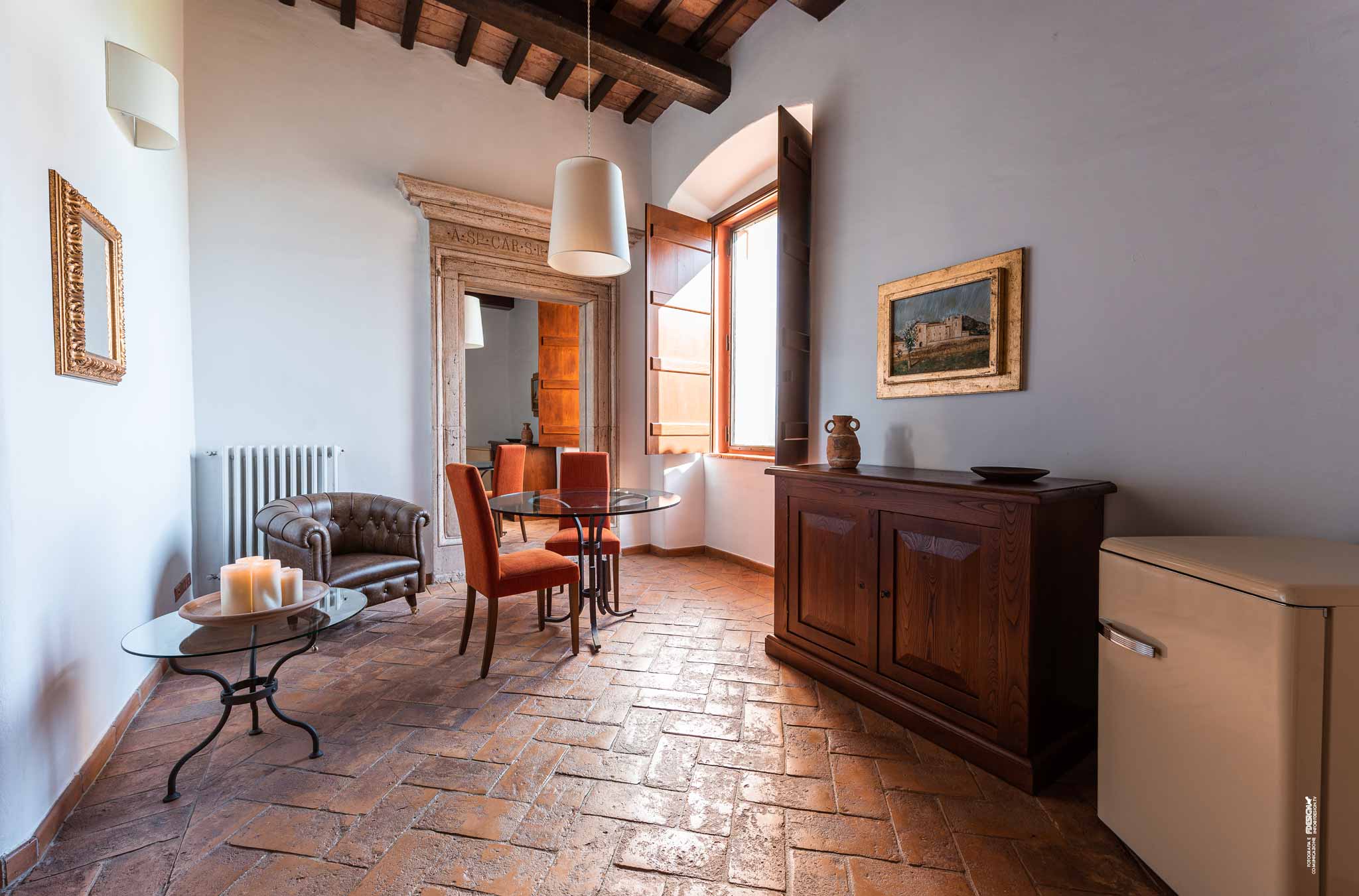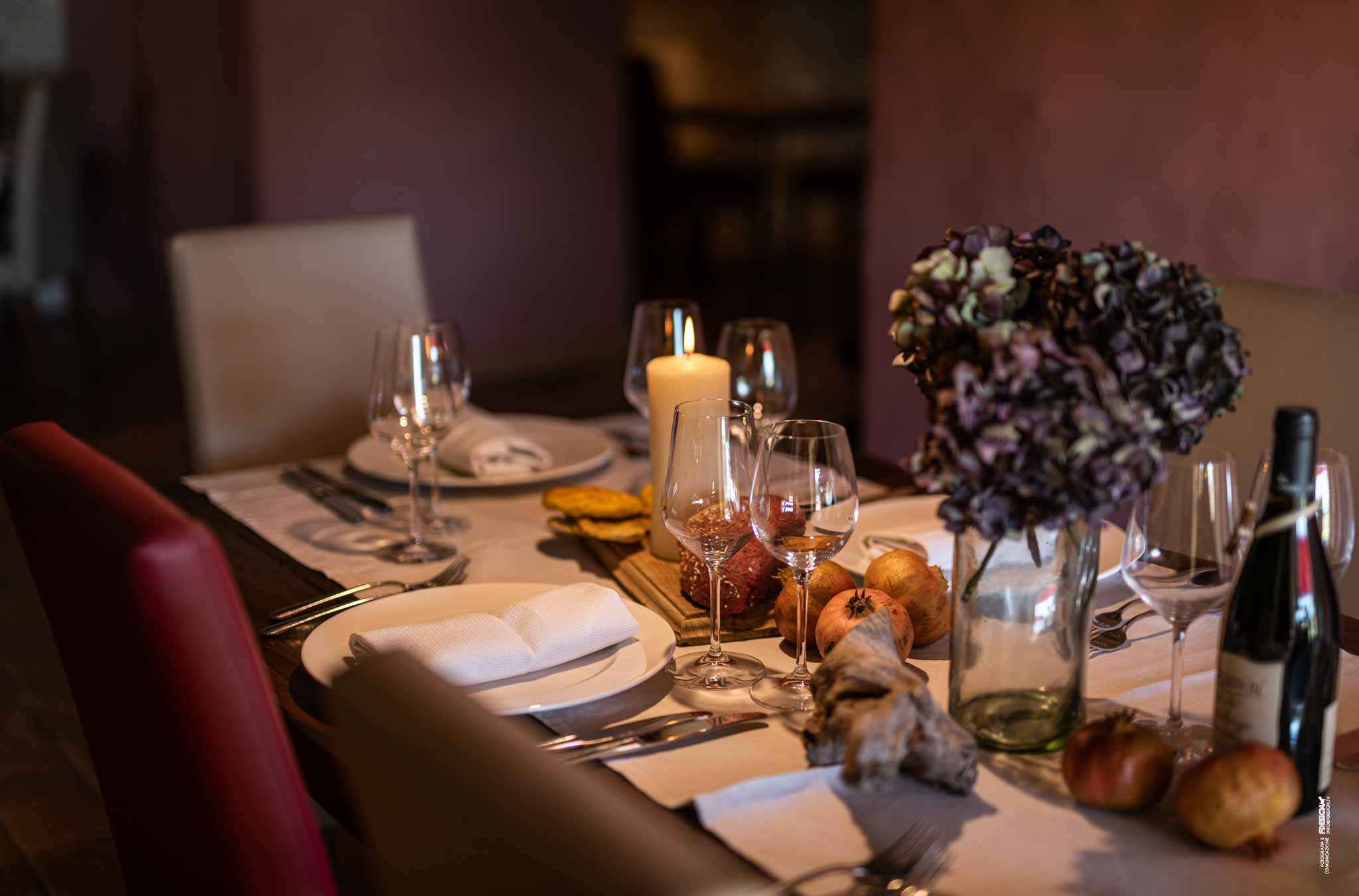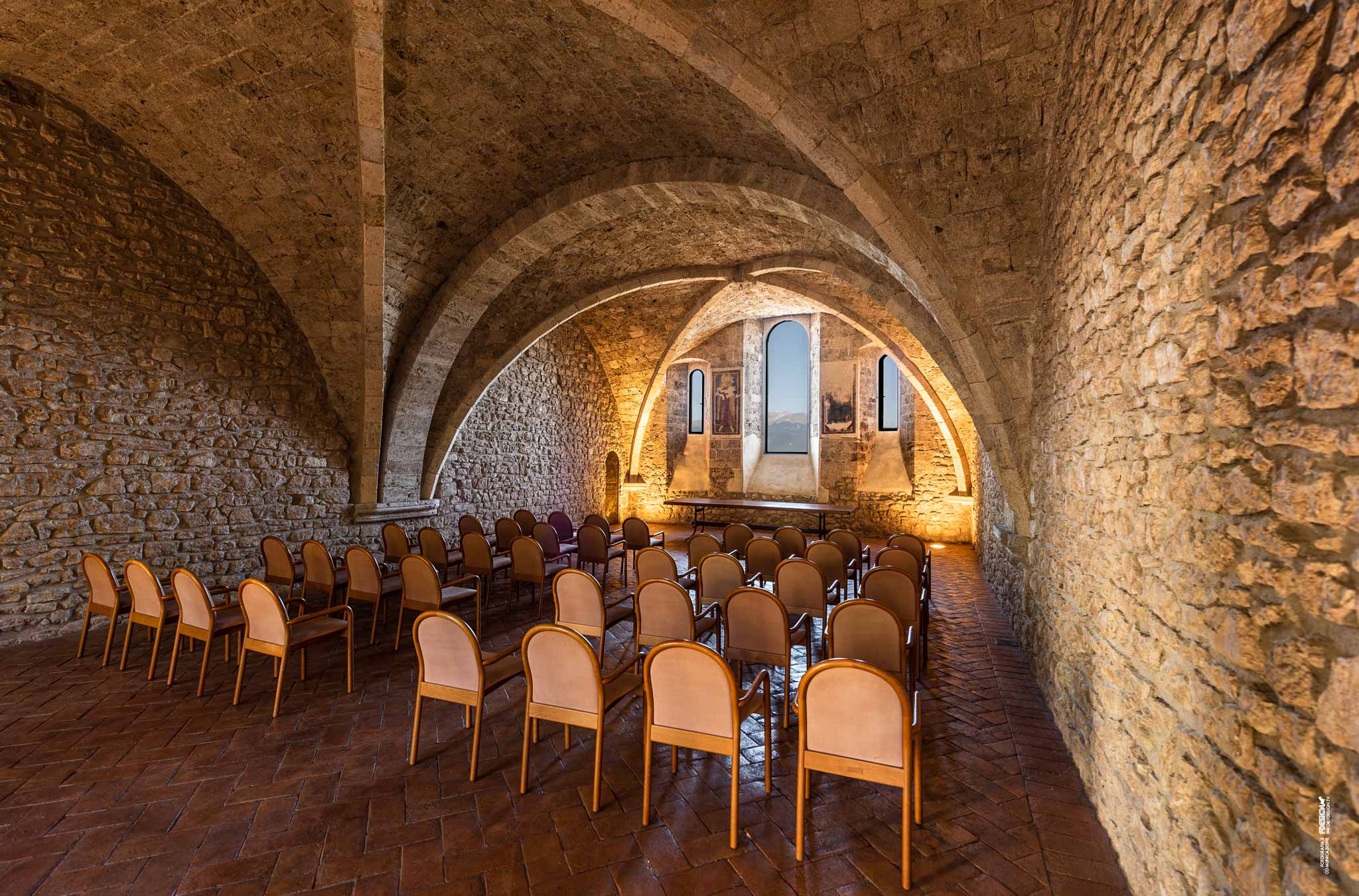The Abbey
Informations
Abbazia di San Pastore
Since 1255...
Built between 1255 and 1264 and listed by the Soprintendenza dei Beni Architettonici e Paesaggistici del Lazio, Abbazia di San Pastore used to be a Cistercian abbey as well as a residence of Popes and Cardinals.
Magnificent and unique, the structure thrones on a hill whose highest elevation was once dominated by a Benedictine church and, before that, a Roman hospital.
The complex – the most majestic conventual monument that the surroundings of Rieti can boast – represents a fusion of Gothic and Romanesque style.
Its impressive architecture is typical of Cistercian abbeys of the 13th century, with a large Latin cross church and chapels next to the choir.
You want to get away from it all? Sure, the world can wait!
In the summer you can enjoy the enchanting view of the Rieti Holy Valley and relax under the fragrant pergola of strawberry grapes. And on long winter evenings you may want to sit inside and warm yourself in front of the large and cozy fireplace, treating yourself to your favourite drink. Abbazia di San Pastore is a pristine place surrounded by the beauty of nature, “below the silent shrouds of snow and above the fog, predestined to guard the plain of Rieti.”
Important dates
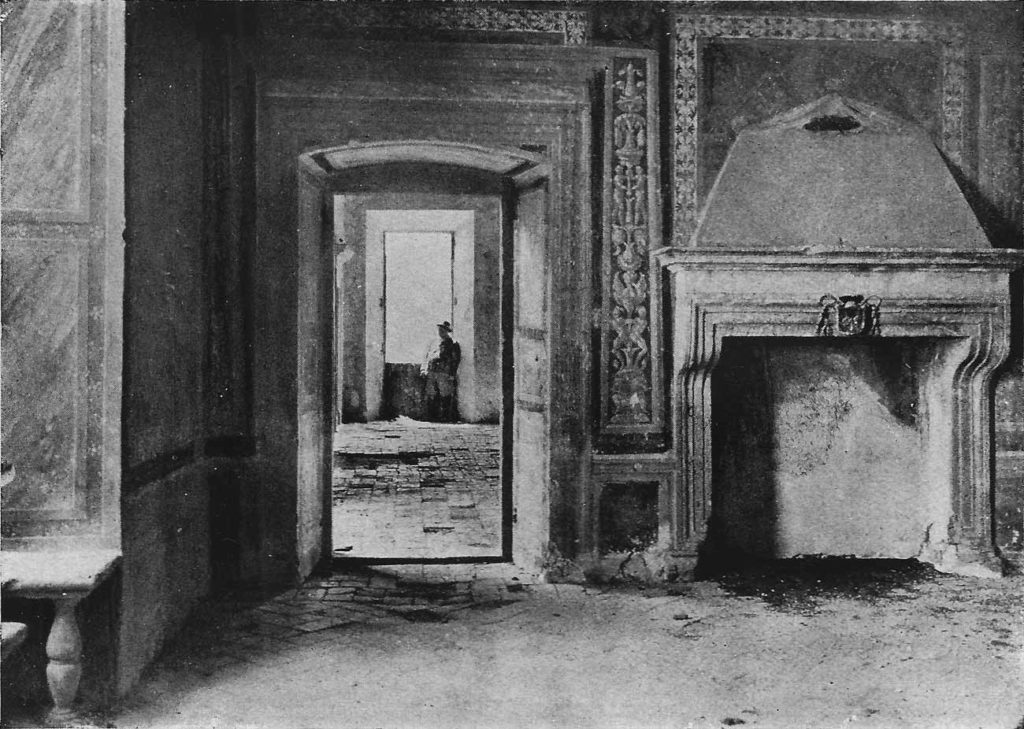
1255 - The foundation
Abbazia di San Pastore was founded on the road to Greccio, a few kilometers from Rieti, on top of one of the hills overlooking the breath-taking Rieti plain.
Based on a pre-existing building from 700 A.D., the abbey is a typical example of the first phase of Cistercian architecture. The monastery has the same plan as the majority of abbeys belonging to the order.
There is a picture of a plaque recalling the event, which reads:
“In the year 1255, in the times of Pope Alexander IV, empire vacant, on the fifth day of May, this building was founded by abbot Andrew, prior Robert, subprior Palmerio and under the guidance of the architect Mr. Anselmo, who first laid the foundations of the aforementioned house, the souls of which may rest in peace.
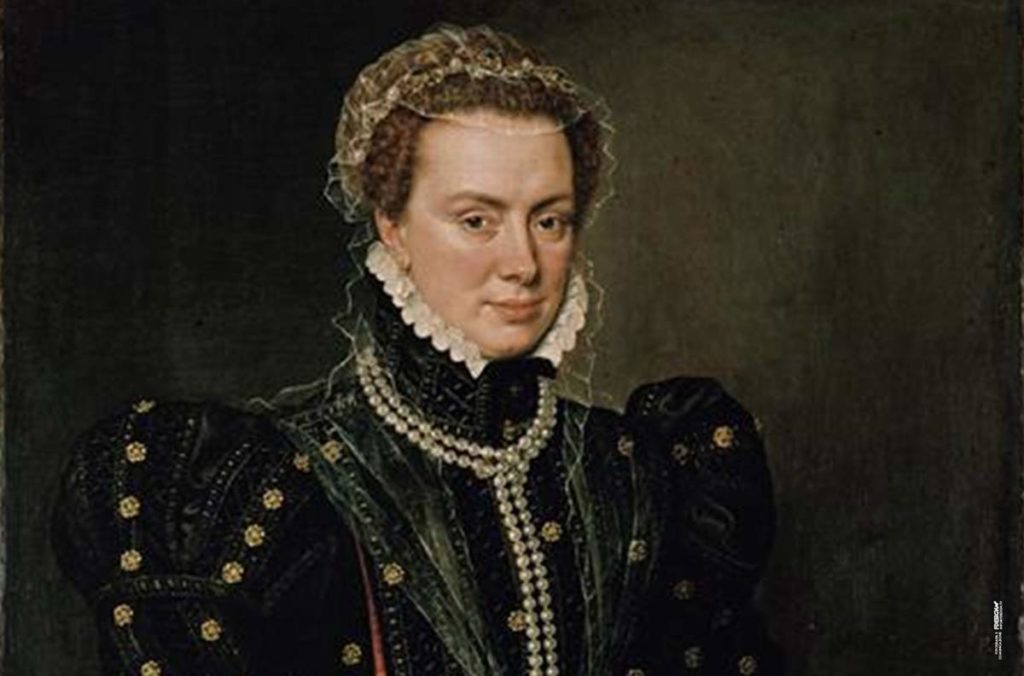
1570 - Noble guests
In August 1570, her Serene Highness Madama Margherita of Austria, daughter of the Emperor Charles V, Duchess of Parma and Piacenza, Governor of Flanders, Lady of Cittaducale and other lands of Abruzzo, stayed at Abbazia di San Pastore. Margherita of Austria arrived with her entire court retinue. There is also a plaque inside the Abbey commemorating the event.
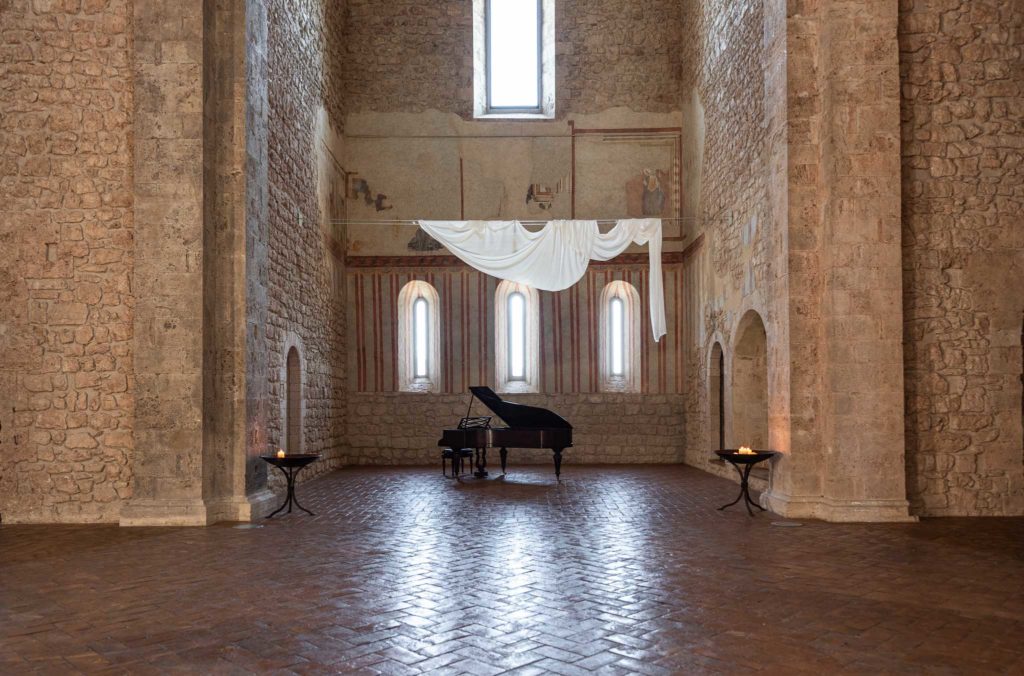
1861 - The sound of history
This is the year of birth of the Pleyel piano that stands out in the large party hall.
Listening to its sound takes us back to the 1800s, when, not least of all, the fame of this type of piano was established thanks to the appreciation of Frederic Chopin.
This model n.35358 first belonged to the Basile Bourbon del Monte di Santa Maria family, but was subsequently sold to Master Marco Arcieri, who took care of its restoration, making sure the instrument was returned to its ancient voice.
In 2014, visiting the restored Abbazia di San Pastore and impressed by the noble intent and love with which the Antonacci family had brought it back to life, Master Marco Arcieri donated the piano, with the desire that these testimonies of history and culture should connect their lives.
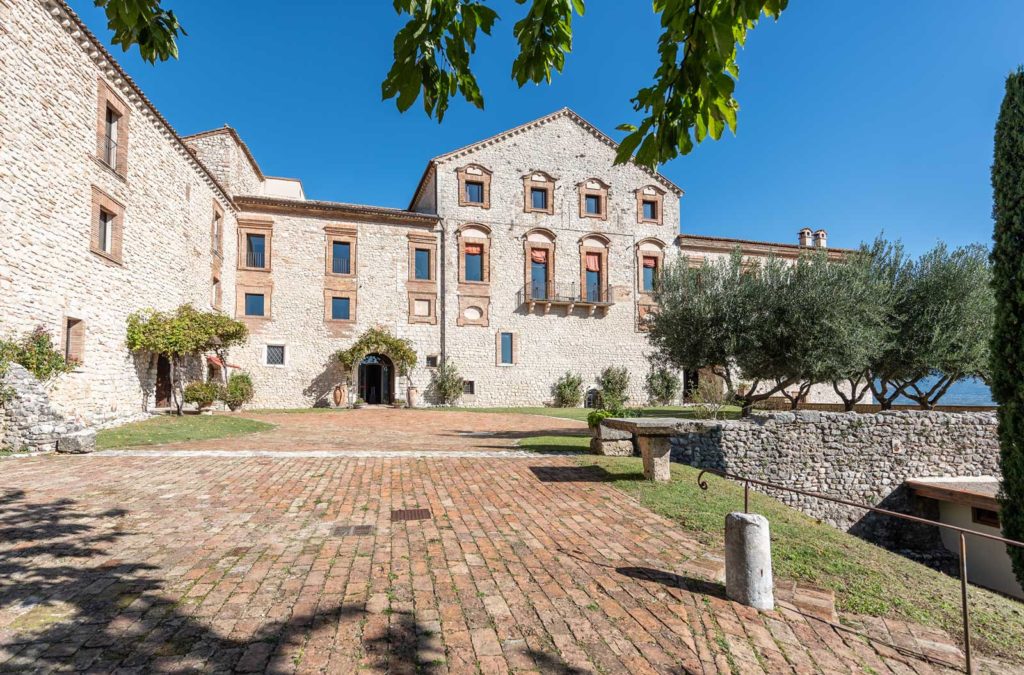
2009 - Time of rebirth
The Abbey regains the splendor that once belonged to it and that for hundreds of years had been hidden by the neglect of time, ivy and brambles. The restoration works have been carried out since 1996, by the construction company Edilbeta that has returned to the Holy Valley, and not only, an asset of inestimable value. It is one of the most interesting and extraordinary projects ever carried out in the province of Rieti.

